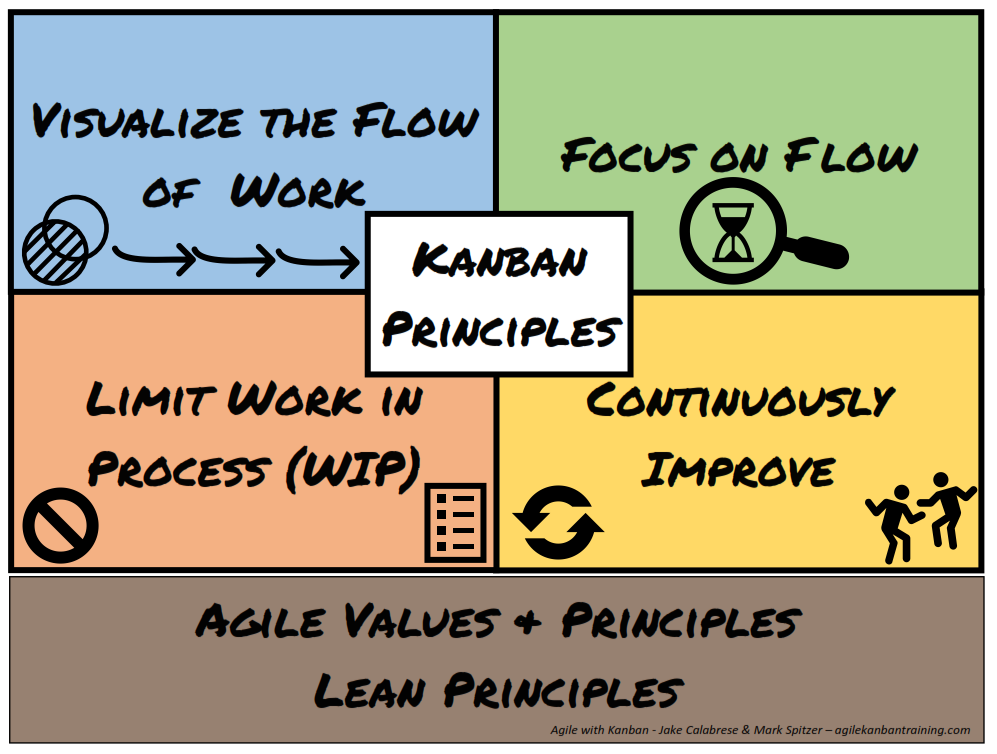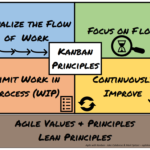This is a common question, since Kanban can have several word uses and meanings in the agile space. The term gets thrown around a lot, making it even more confusing. In order to understand Kanban and where it comes from, let’s start with some basic definitions and the foundations. We start with the basics, because there is often confusion around what kanban is.
Simple definitions of kanban:
- a signboard or billboard in Japanese
- a just-in-time method of inventory control, originally developed in Japanese automobile factories
- a Japanese lean manufacturing system in which the supply of components is regulated through the use of an instruction card sent along the production line
- an agile approach or framework
Kanban Today
Kanban, as it’s known today in the agile space, is the application of lean concepts and kanban systems, by people and teams, to optimize the flow of value to your customers. Those interested in diving deeper into can check out A Short History of Kanban to learn more about the core values behind its success.
The four Kanban principles we teach are:
- Visualize the Flow of Work
- Limit Work in Process (WIP)
- Focus on Flow
- Continuously Improve
… On a foundation of Lean Principles and Agile Values and Principles.

Based on these principles, there are many practices to determine priorities, focus, and improve. That is what Kanban is about. Additionally, there are other lists of principles, practices, and ideas out there around Kanban – these are simply the four we use (Read more about them in Kanban Principles for Success). There can be a bit of confusion around if something is a principle or a practice as well. Some Kanban principles out there seem to be more practices AND some may even look at the four principles listed above and say those are practices, not principles. That is okay. The world allows for variation.
Kanban does require that management and employees be “all in” to make problems transparent and then to work together to solve them and continuously improve. While people may not be “all in” on day one, if the issues preventing this are not made transparent and investigated, success will be unlikely. Kanban can be harder than Scrum, because Scrum has specific events that are scheduled to get people together to retrospect the last few weeks. Kanban, at it’s core, simply expects that everyone is doing that as issues emerge.
As you might expect and perhaps have experienced, in Scrum or Kanban, people still have to be able to work through challenges and conflict.
“The power behind TPS and Kanban is NOT all the tools and process improvements, it is the focus, by management on people and a culture of continuous improvement. – Adapted from Jeffery Liker, the Toyota Way”
How do these ideas align with how you use kanban (or not)?
This article is derived from an exercise used in Agile with Kanban training workshop.








